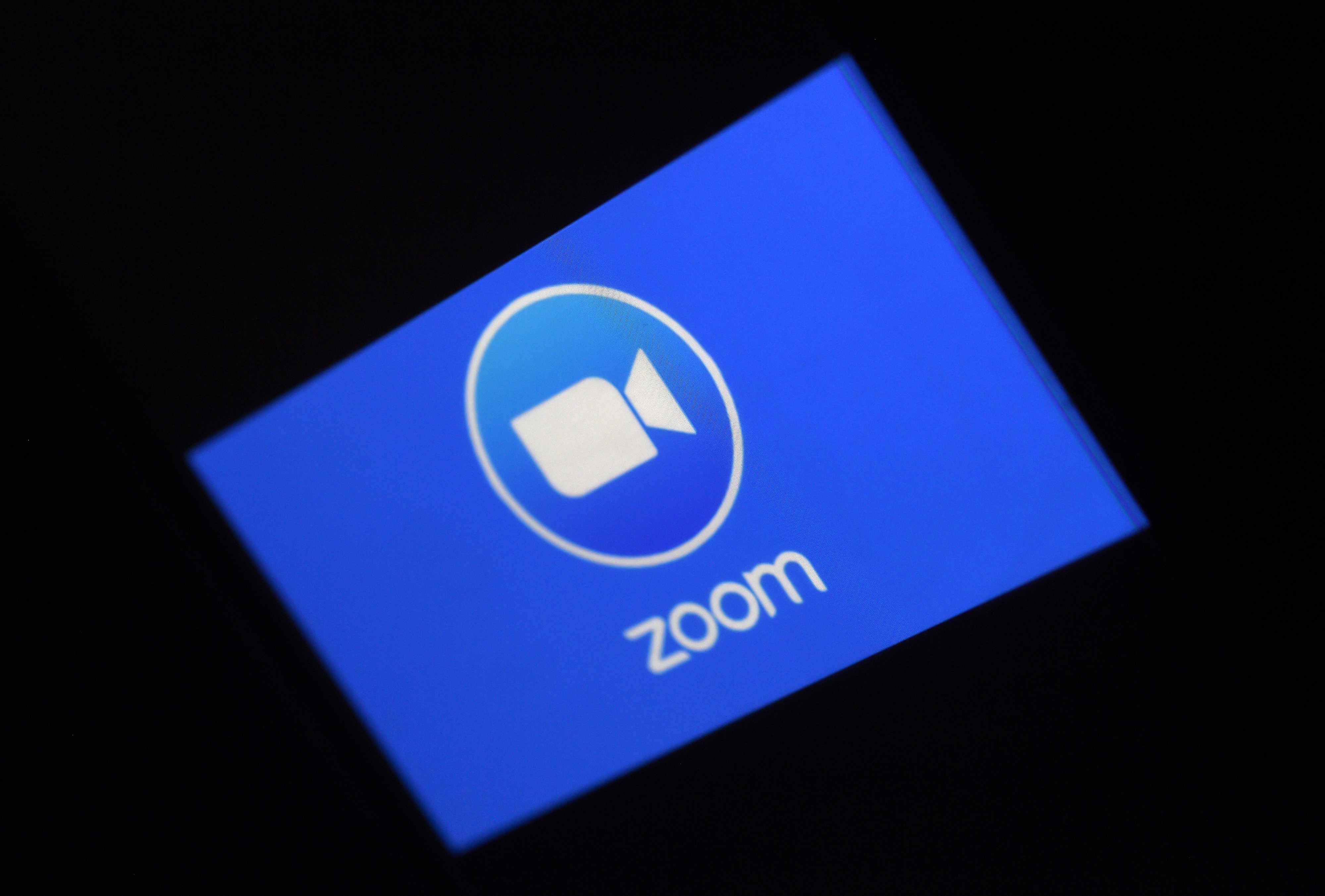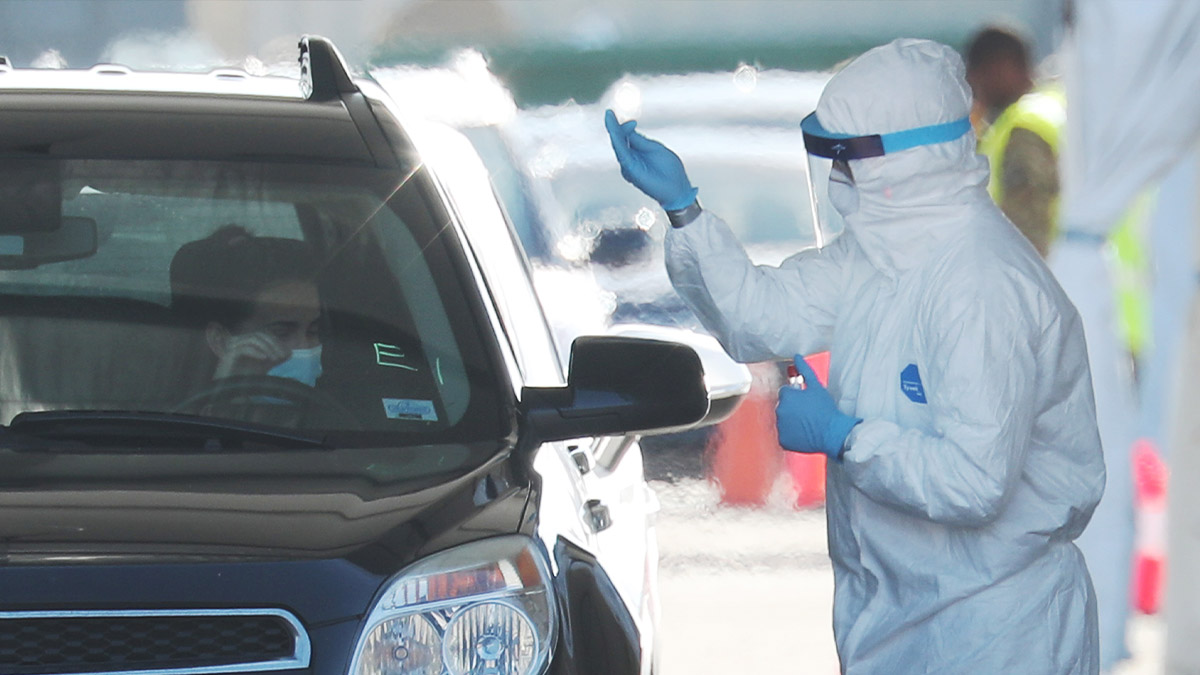If we've learned one thing so far during the coronavirus crisis, it's that most scientists really do know what they're talking about.
They use models, inputting data like the number of known cases and deaths over time where the virus has already struck, to estimate when the nation or any state may see a wave of sick people headed to hospitals.
The go-to guru for projecting COVID-19's impact has been the staff of the University of Washington's Institute for Health Metrics and Evaluation.
Its death projections for the United States have so far been spot on.
CORONAVIRUS LATEST
And its graphs - plotting that curve you keep hearing must be flattened - have been cited by the nation's leading experts as they project how infection levels will impact hospitals.
The model predicts demands for hospital resources may peak in the United States around April 15, but for Florida the apex may hit around May 3.
"It's a numbers game," said Dr. Aileen Marty, FIU infectious disease expert, who knows a thing or two about numbers. "We have a limited amount of ICU beds."
The model predicts Florida could exceed its ICU capacity as soon as April 15 - and, like all its projections, that assumes the state strictly imposes and enforces physical distancing.
The model does not predict the state will run out of all hospital beds, but if hospitals fill up in South Florida, a 250-bed field hospital has been erected in Tamiami Park.
As of Friday, the state shows about 5,800 beds available in Miami-Dade, Broward and Monroe counties. That means 40 percent of capacity is available.
But 65 percent of the state's ICU beds are already taken, and Dr. Marty said hospital administrators she has spoken to are concerned "that very soon we will not have the ICU beds and ventilators and all the other things we are going to need to take care of the numbers of people that are going to need that level of care."
For a hint of what South Florida might be facing, one need only look at New York.
The University of Washington model predicts its hospital demand will peak in just six days, April 9. And it predicts huge shortages of both regular and ICU beds.
As good scientists do, the researchers note their predictions have a range of uncertainty, meaning actual demand may turn out to be more or less than predicted.
But if people do not isolate and distance, it's likely the damage done will be greater than predicted.




